White Owl Graces Kashi Vishwanath Spire
In the gentle light of dawn over Varanasi, the hush of temple bells mingled with the distant Ganges’ murmur. Then—an awe-inspiring sight: a white owl, pure as moonlight, alighted gracefully atop the gilded spire of Kashi Vishwanath Temple. Pilgrims, priests, and curious onlookers held their collective breath. Was this a sign? A guardian in feathers? A fleeting apparition? Whatever the answer, the moment felt consecrated—a blessing in flight etched into memory.
The Symbolism of the White Owl in Hindu Culture
Owls as Omens — Good or Bad?
Owls carry a rich, multifaceted symbolism across cultures—and in Hindu tradition, they embody both depth and nuance. Their piercing eyes are commonly linked to foresight and wisdom. Though some narratives portray owls as harbingers of ill omens, others—especially in devotional contexts—view them as luminous guides through darkness.
Goddess Lakshmi’s Vahana — The Owl Connection
One of the most compelling connections lies in the owl’s role as the vahana (vehicle) of Goddess Lakshmi, the beloved deity of wealth and prosperity. In many devotional depictions (especially across North India), Lakshmi’s owl symbolizes vigilance over riches and the ability to perceive what remains hidden. A white owl perched on a temple spire may thus be seen as Lakshmi’s messenger—bearing grace to seekers below.
Kashi Vishwanath Temple — Varanasi’s Spiritual Heart
Historical Significance and Architecture
Kashi Vishwanath Temple is more than bricks and domes—it’s the beating heart of Varanasi, the city of light. It has witnessed centuries of devotion, destruction, and revival, representing Shiva’s eternal wisdom and cosmic presence. The current structure, with its gilded spire (shikhara), glitters in the morning sun—a beacon of divine connection.
Symbolic Height — The Spire and Its Meaning
The temple’s spire isn’t just a lofty ornament—it’s a cosmic antenna, reaching from earth to heavens. A bird that lands there connects the mundane with the sacred, the tangible with transcendence. That an owl did just that—quietly—only magnifies the spire’s spiritual resonance.
Eyewitness Account — When the Owl Landed
Time, Place, and Atmosphere
It was early morning—perhaps just before the first aarti (worship rite). The temple’s golden pinnacle glowed in soft light. Amid this, a sudden rustle drew attention, then a hush fell as the owl glided in—akin to a silent prayer incarnate.
Witness Reactions — Pilgrims and Priests
Devotees gazed skyward, their chants trailing into stillness. Some whispered mantras. Priests paused mid-ritual, foreheads bowed. In that pause, the owl became a bridge between heaven and temple courtyard—an embodiment of focus and faith.
Cultural and Spiritual Interpretations
Traditional Lore and Blessing
Traditionally, a bird’s peaceful appearance in a sacred context is considered auspicious. Here, an owl’s poised presence may be seen as a blessing: a call to introspection, reward for devotion, or even a symbol of divine protection.
Modern Devotional Reflections
Today’s devotees often interpret such events through lenses both ancient and personal. Some may feel their prayers were answered. Others recount a renewed sense of purpose—reinforced devotion sparked by a single, silent visitor.
Media Coverage — Spreading the Winged Wonder
Local News Reports
News of the owl’s visit traveled fast. Regional outlets framed it as a spiritual marvel—“White Owl Visits Kashi Vishwanath,” “Flight of Blessing.” They highlighted how such a rare sight enraptured both believers and curious onlookers.
Social Media Buzz and Pilgrimage Responses
On social platforms, the sighting bloomed into a trend. Pilgrims shared videos and stills with hashtags like #BlessingInFlight #OwlAtKashi. Some accounts fueled a quiet frenzy, prompting others to journey to the temple—hoping for their own celestial greeting.
Symbolic Comparisons — Birds in Indian Sacred Contexts
Crows at Temples — Messengers or Maujins?
Across India, crows at temples are routinely seen as ancestral messengers. Yet, while omnipresent, they blend into the background. The owl’s arrival—less common and more dramatic—carried a stronger symbolic charge.
Eagles, Peacocks, and Divine Sightings
Other birds too have sacred symbolism. Eagles often represent power; peacocks—beauty and the divine dance of Krishna. Yet a white owl’s purity, mystery, and quiet gaze offer a unique spiritual vibration—subtle but penetrating.
The Power of Nature in Sacred Spaces
Nature as Harbinger of Spiritual Presence
In many traditions, nature itself becomes a channel for the divine. A wind-stirred leaf, a sunbeam touching sacred stone, a bird alighting unexpectedly—all can stir the human spirit. This owl’s visit was one such natural epiphany.
Presence of Wildlife in Ancient Temples
Temple grounds across India often intersect with ecosystems. Banyan trees attract monkeys, temple ponds draw fish and birds. Wildlife’s coexistence with the sacred diffuses everyday boundaries—reminding us that the divine isn’t especially distant, just often overlooked.
Pilgrimage Significance — Blessing Reinforced
Pilgrims’ Spiritual Takeaways
For many, this sighting affirmed that the divine watches, moves, and cares—even through subtle, silent messengers. Devotees reported an enriched devotional experience, a renewed faith.
Renewed Devotion and Collective Memory
Stories like these transition from moment to memory. Elders recount them at gatherings. Young voices recite them in WhatsApp groups. The owl’s legacy becomes part of Kashi’s oral tapestry.
Photos and Visual Echoes — Capturing the Moment
Iconic Snapshots and Devotional Art
Photographs of the owl, perched in calm majesty, began appearing in temple stalls and social feeds. Some folk artists sketched the scene, installing feathered guardians in local homes painted in ochre and gold.
Artistic Interpretations and Memorabilia
Soon, souvenir shops offered owl motifs on prayer flags, bookmarks, and prints. Each design echoed: “A blessing arrived on silent wings.”
Frequently Asked Questions (FAQs)
Was this event documented before?
Sightings of white owls at Kashi Vishwanath are exceedingly rare. While temple records don’t note any prior instance, oral tradition sometimes whispers of mysterious birds—though without verification.
Is a white owl sacred in Hinduism?
Owls represent both wisdom and vigilance—but specifically the white owl doesn’t have a unique scriptural mandate. Nonetheless, its purity and rarity intensify devotional associations.
What does a spire landing mean spiritually?
A bird—especially a serene one—alighting at a sacred spire can be interpreted as a bridge between worldly souls and cosmic realms. It symbolizes a moment when heaven touches earth.
Can any bird be seen as a blessing?
In many temple contexts, yes—a bird’s peaceful presence can signify divine harmony. But rarer, less common birds wield greater symbolic weight.
How do devotees react in real time?
Responses range from silent awe and whispered prayers to spontaneous chants and recorded video. Many feel the moment as deeply personal spiritual affirmation.
Will this event inspire temple rituals?
While temple rituals are rarely altered for single events, anecdotes of the owl may find their way into devotional narrative—possibly mentioned during vernacular satsangs or pilgrim storytelling.
Conclusion — A Flight that Echoes Blessings
A white owl perching so quietly atop Kashi Vishwanath’s spire wasn’t just a fleeting spectacle—it was a living metaphor. In its hush, pilgrims found guidance. In its gaze, they glimpsed grace. And in its wings, a silent blessing soared. In that moment, earth and sky whispered together—and Varanasi listened, deeply.

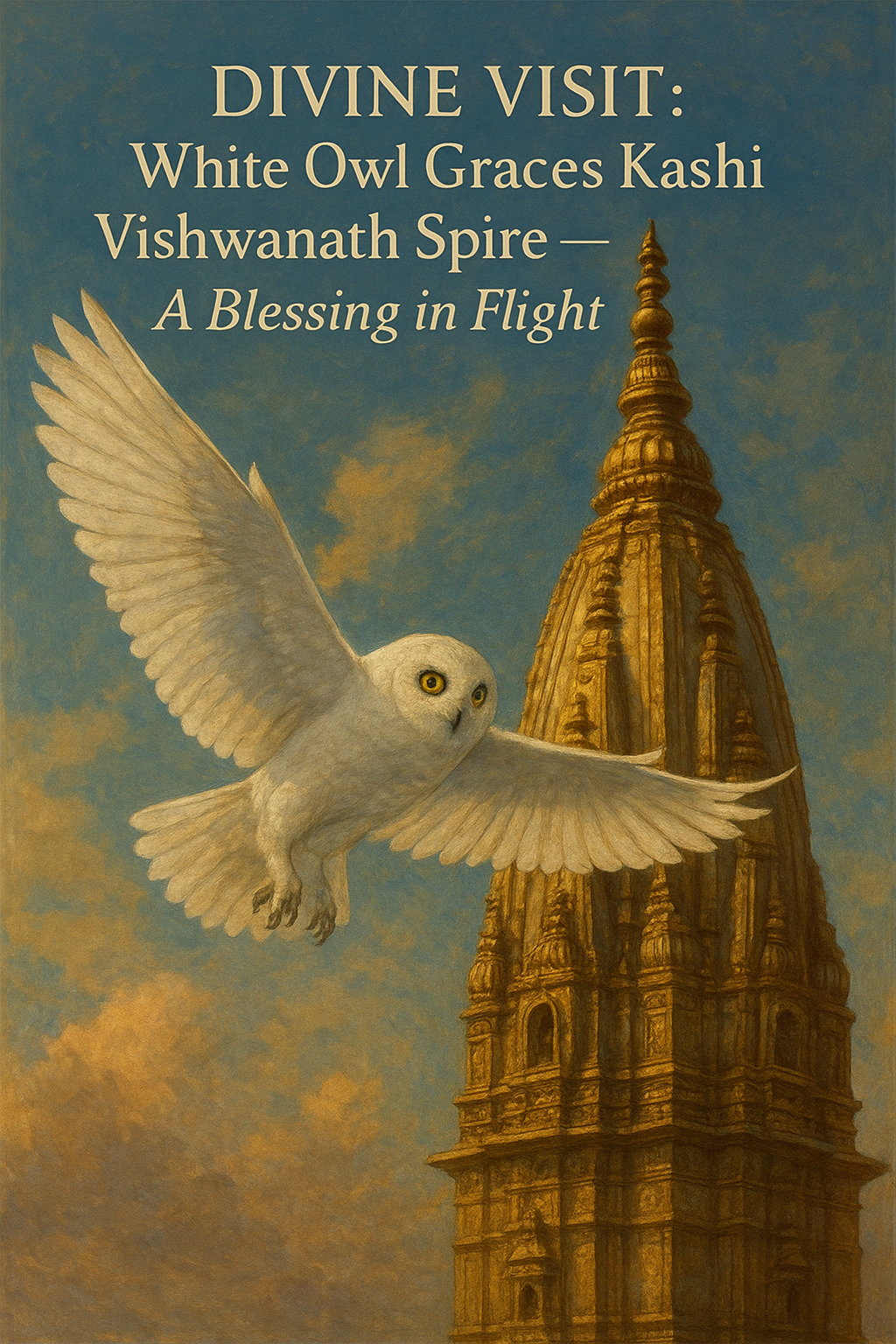
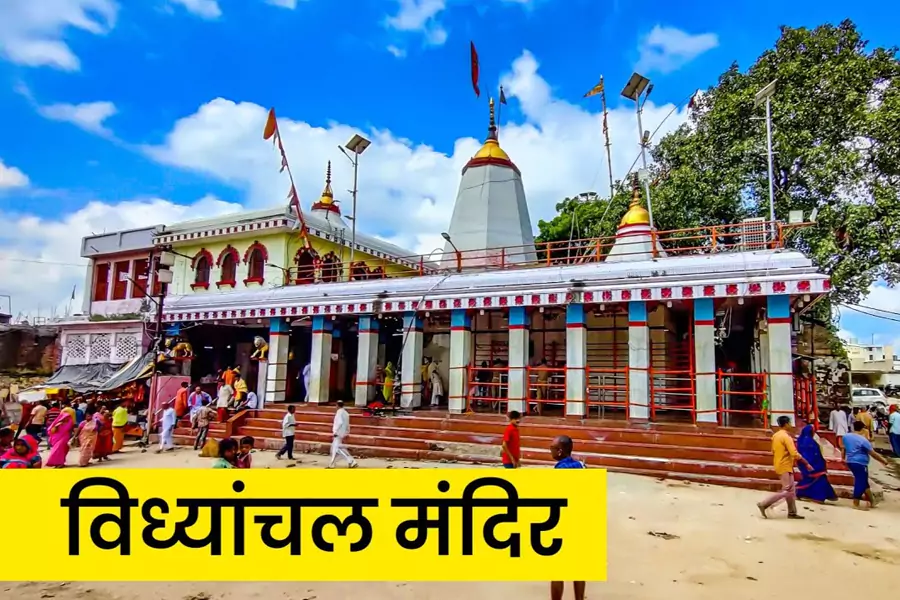

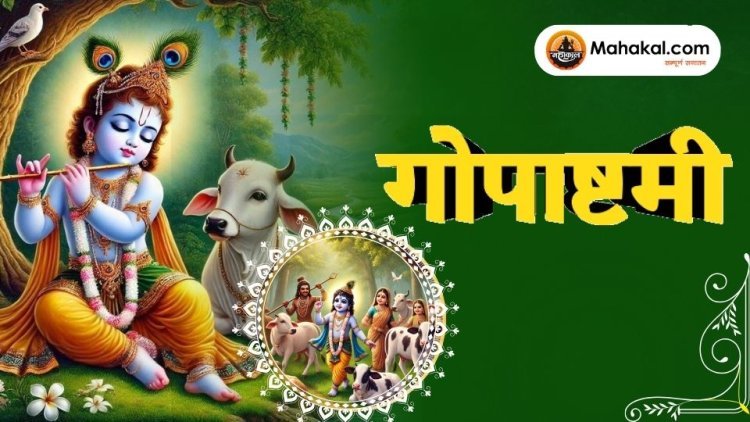
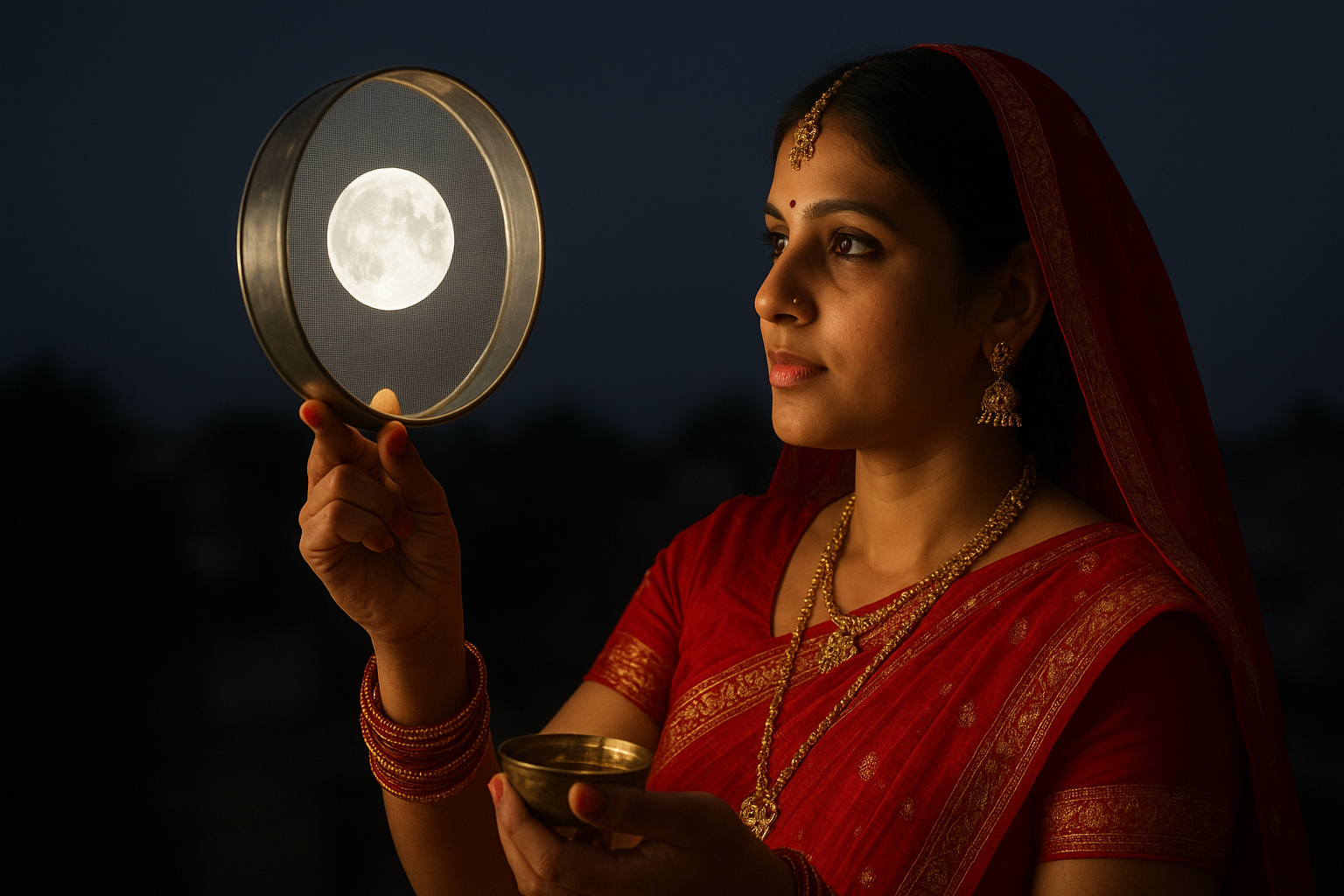

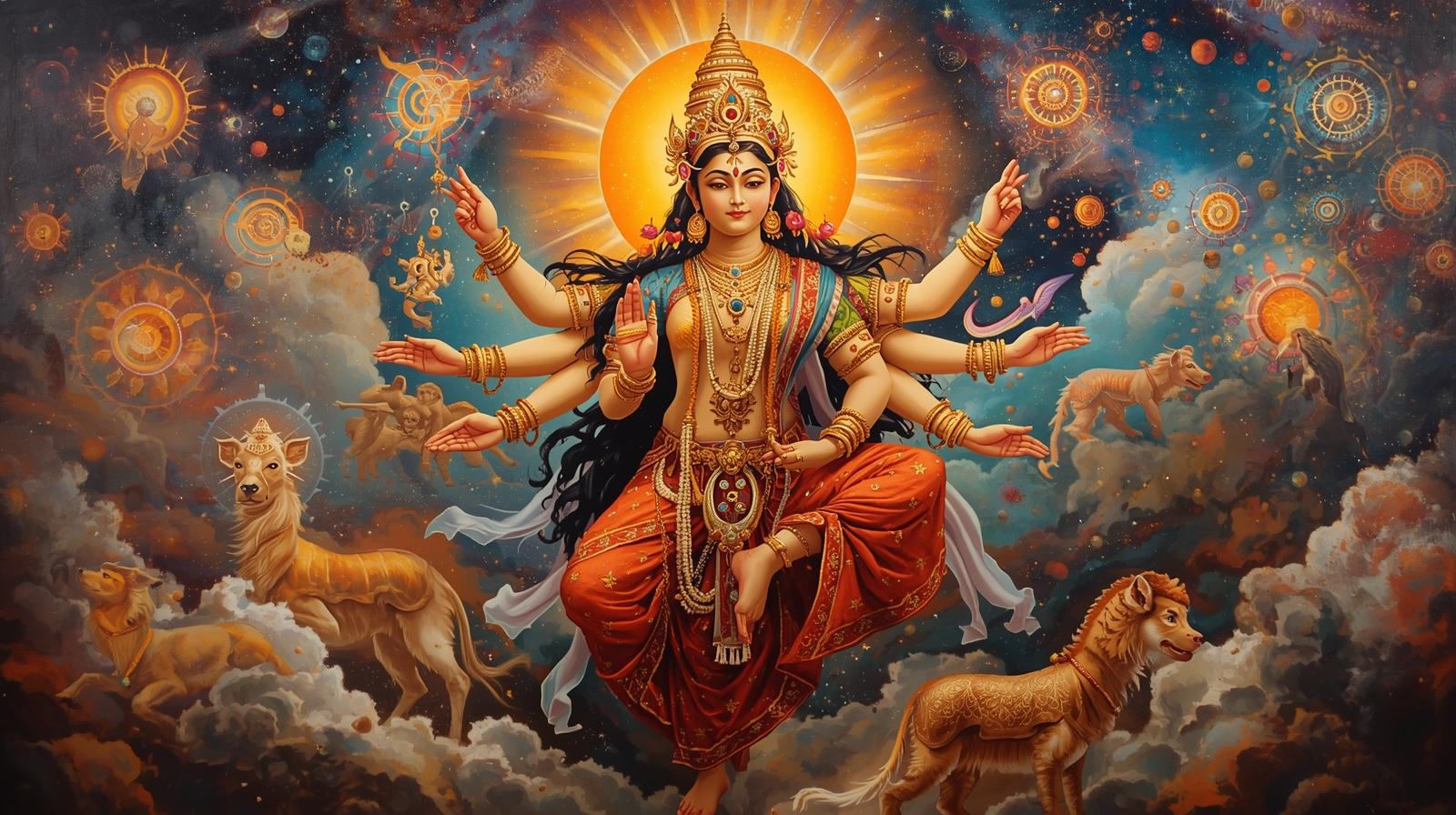


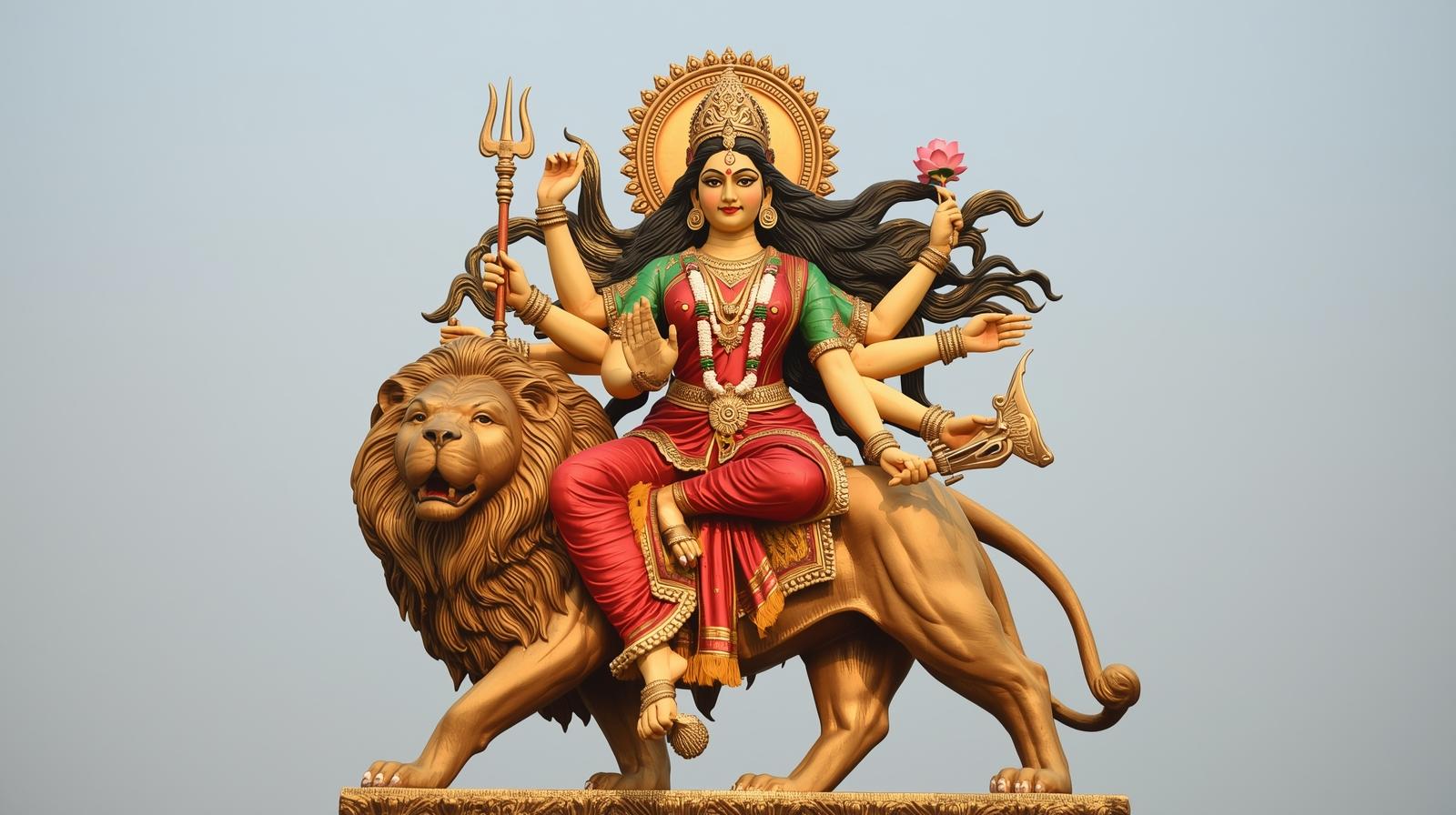
Leave a Reply